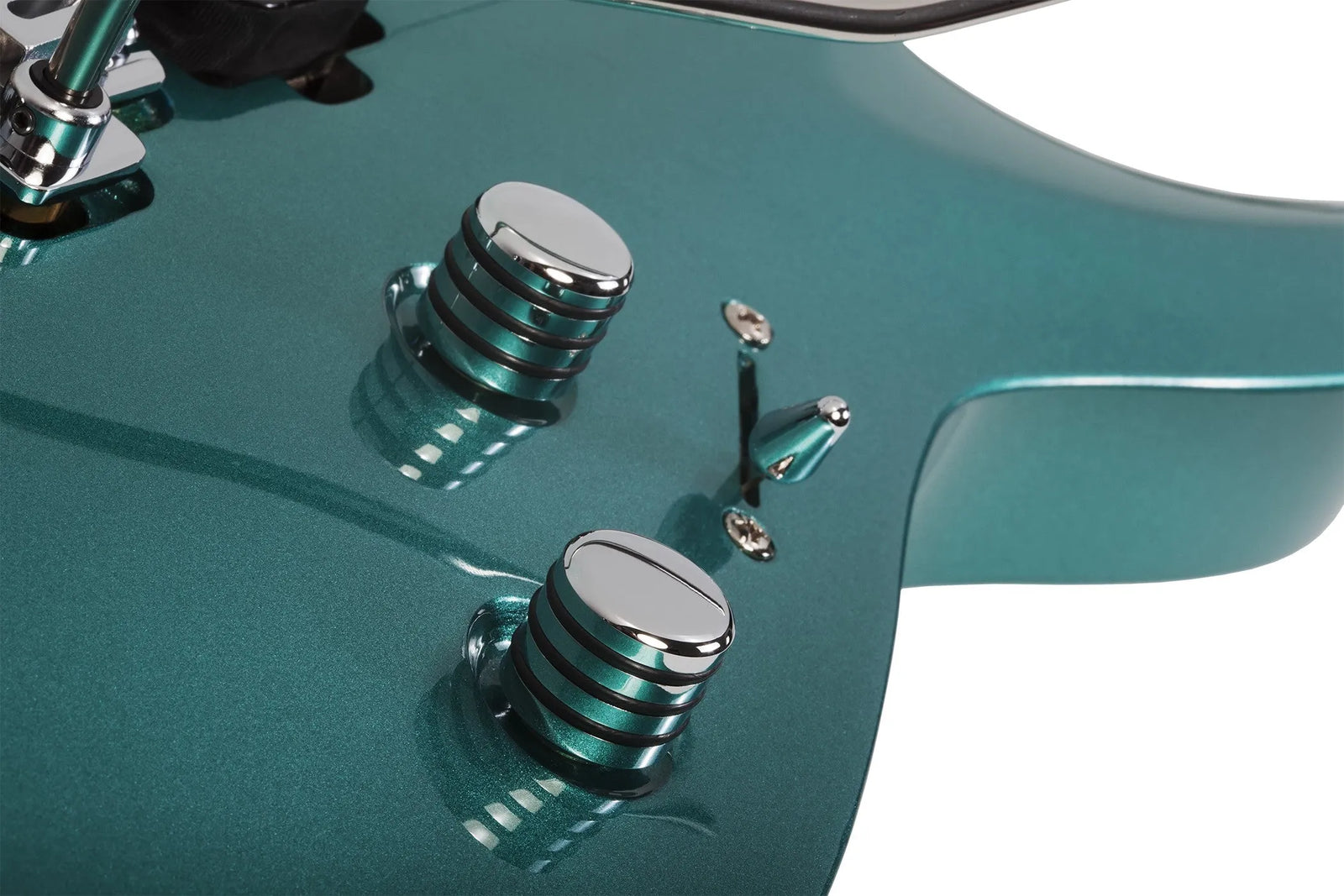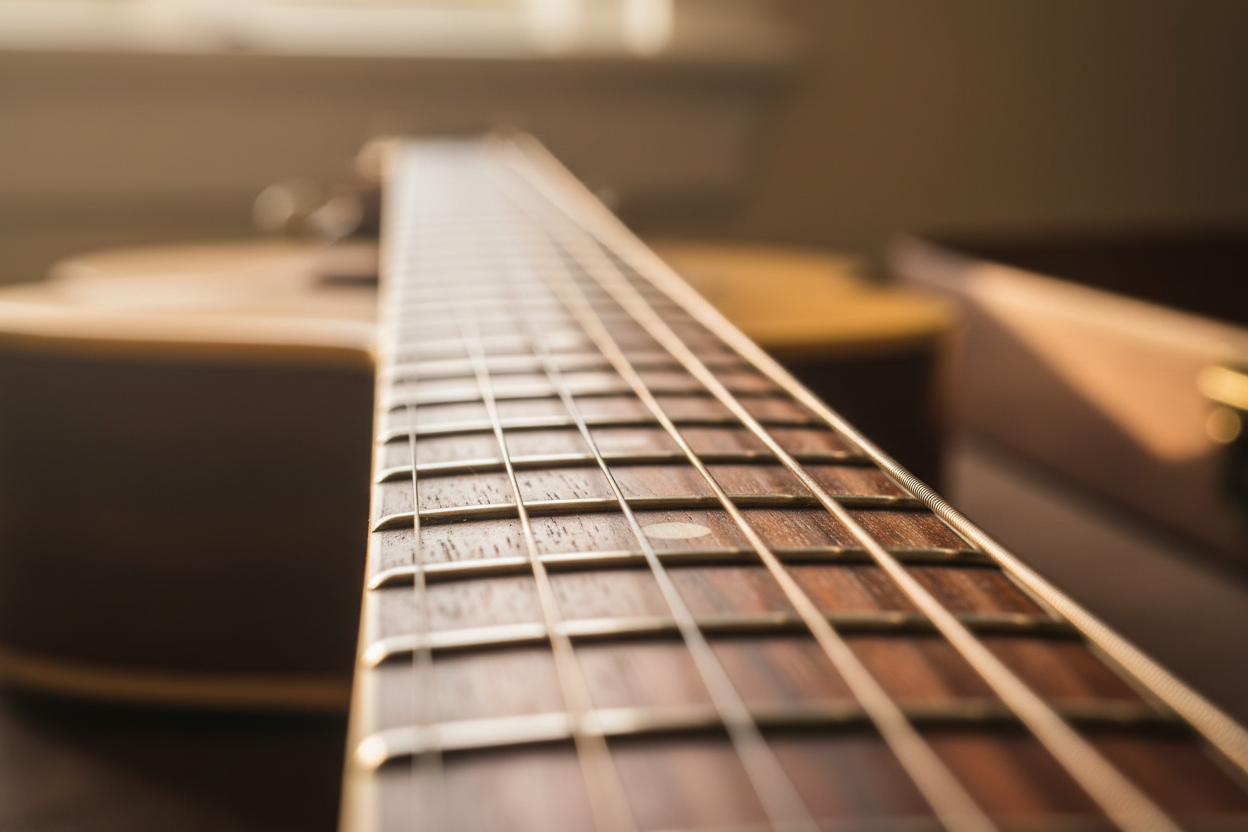Guitar Maintenance: Diagnosing Scratchy Pots and Switches
Guitar enthusiasts know that maintaining your instrument is as crucial as practicing your scales. A common issue that many guitarists face is scratchy or noisy switches and potentiometers (pots). These minor irritants can interfere with the sound output and the overall playing experience. Here's a comprehensive guide to diagnose and remedy this issue:
1. Understand the Cause
Scratchy pots and switches typically result from:
- Dust and dirt build-up.
- Corrosion over time.
- Wear and tear from constant use.
2. Quick Fixes
Before diving deep into extensive repair or replacement, consider these immediate remedies:
a. Vigorous Movement: As simple as it sounds, move the switch or turn the pot back and forth multiple times. This action can dislodge dust or create enough friction to rub away minor corrosion, restoring the connection.
b. Visual Inspection: Look for obvious signs of wear or damage. Sometimes, a loose wire or solder joint can cause noise.
3. Cleaning with Contact Cleaner
If the problem persists, it might be time for a deeper clean:
a. Purchase a Suitable Contact Cleaner: Opt for a contact cleaner that is safe for plastics and electronics. Brands like DeoxIT are popular choices.
b. Application:
- Switches: Spray the cleaner into the switch while toggling it back and forth. This will help distribute the cleaner and remove any built-up dirt or corrosion.
- Pots: If accessible, spray the cleaner into the pot’s openings, typically located on their body. Then, turn the pot back and forth to distribute the cleaner.
c. Dry and Test: After cleaning, allow the cleaner to evaporate. Plug in your guitar and check if the noise has subsided.
4. Replacement
If cleaning doesn’t resolve the issue, consider replacing the component. High-quality pots and switches can enhance the guitar’s tonal qualities and provide smoother operation.
a. Choose Quality Parts: Opt for well-known brands when selecting new pots or switches. They might be a bit more expensive, but they generally offer better performance and longevity.
b. DIY or Professional Help?: If you're confident in your soldering skills, you can replace the parts yourself. Otherwise, consult a professional guitar technician.
5. Prevention
To reduce the chance of issues in the future:
a. Store in a Case: When not in use, store your guitar in its case to protect it from dust and environmental factors.
b. Clean Regularly: Wipe down your guitar after each use, especially around the knobs and switches.
c. Humidity Control: Excess humidity can accelerate the corrosion process. Consider using a dehumidifier in rooms where guitars are stored.
Conclusion
Guitar maintenance goes beyond aesthetics; it's crucial for optimal sound and functionality. Regular upkeep prevents issues like scratchy pots and switches, extending your instrument's lifespan. Whether you own a vintage treasure or a recent buy, it deserves attentive care. By addressing problems promptly and practicing preventative maintenance, you ensure your guitar remains a reliable partner in your musical journey. Happy strumming!




